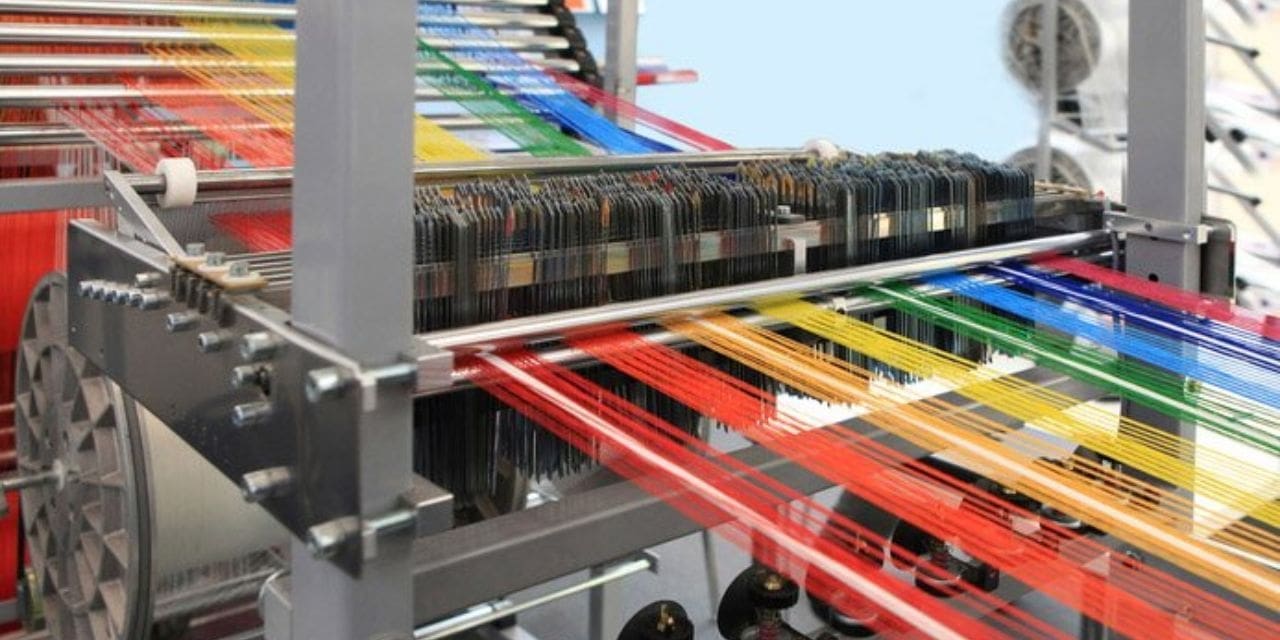The textile industry, one of the oldest in India, contributes significantly to the country’s exports. The industry employs a large number of both skilled and unskilled workers. It presently contributes for around 2% of India’s gross domestic product, 10% of manufacturing production, and 14% of the total index of industrial production.Despite the interruptions, the Indian textiles industry is predicted to increase from $120 billion to $250 billion over the next five years, indicating the industry’s great potential across all sectors. India has emerged as a major provider in the worldwide yarn trade. To maintain and improve this leadership, as well as to fulfil the local market’s need for high-quality yarn, investments in spinning gear must be expedited. Similarly, investments in post-spinning areas such as fabric shaping, processing, and finishing should speed to fulfil the severe demands of the export market as well as the domestic market’s ever-increasing need for quality garments.Some innovations in the Indian textile sector which have been a boon to the industry as follows:
Manufacturing Technologies Are Being Completely Digitally Transformed:
Technology and innovation have truly transformed the day-to-day operations of spinning mills. Aside from spinning machines and silver cans, digital technologies are assisting the Indian textile sector’s transition from a labour-intensive to an automation-intensive business. Machine control, usage, and maintenance have also gotten more intelligent and methodical, with analytics, data storage, and artificial intelligence playing critical roles. Mills are always striving to scale up production and guarantee smooth supply chain operations in response to rising demand for high-quality yarns. Furthermore, textile producers are progressively shifting to data-driven processes to provide complete quality optimization and flawless customer service.
Pleating Technology and Nanotechnology
With rising global worries about environmental deterioration, sustainability has become a watchword for the textile sector. This is where the value of cutting-edge nanotechnology comes into play. Mills are able to make their production processes more power, water-resistant, and even low-maintenance by seamlessly using nanotechnology. At a time where everyone is discussing energy boundaries, nanotechnology is contributing to more sustainable operations.There was almost little room for pleating in the largely manual textile production methods. As a result, things have changed as technology has advanced, with sophisticated machinery making pleating feasible. Knitting equipments are also widely utilised, helping to the growth of the textile and garment industries.
The emphasis on quality is greater than ever.
As the Indian textile sector matures, so does the degree of competition. To compete and prosper in today’s market, textile businesses are increasingly depending on a diverse variety of testing technology to ensure optimal output quality. Fineness tests, strength testing, yarn testers, count balance instruments, and other equipment fall under this category. Top spinning can manufacturers are likewise looking to diversify their material handling technologies to extend their offering. The ultimate responsibility is on spinning mills and textile manufacturers to strike a balance between speed, quality, and experience – and technology is assisting them in doing so.
3D Technology
New developments in design technology make it easier to create and market a product. One of the first phases in constructing a new costume is determining the best fit, including how loose or well-fitted the outfit should be, and 3D rendering may assist with this approach. Many businesses are already using 3D printing in their collections since it generates less waste and needs less labour. Companies profit from being able to monitor and operate their machines remotely, as well as collect data to optimise their operations.Custom-made apparel may be created using 3D printing. Various 3D modelling software lets you create apparel that fits your body type. You will need to use 3D modelling software to record your measurements and then model what you have in mind. The frames will be custom-made to accommodate printing in stiff or flexible plastic. One of these two traditional textile materials will enable you to develop creative apparel that is exactly matched to your body type.
E-commerce development
India is home to several garment businesses that export tonnes of garments each year. There are around 77000 small-scale industries, which include both exporters and local manufacturers. In the previous century, technology has already had a huge influence in the form of E-Commerce. This has opened up a whole new channel for customers to connect with manufacturers/retailers. The tremendous infusion of Western fashion has resulted in substantial and ongoing changes in Indian fashion trends, which the textile sector must accommodate. The continual improvement of machinery and e-commerce has helped our country to compete with other countries in apparel export and garment manufacture.This is the fundamental structure of India’s textile industry. Millions of people in India are directly or indirectly hired by the sector, and technical developments are proving to be a benefit as the business expands to meet demand. Without technology, our existence as one of the top producers of textiles and garments would have been a significant problem.
The Impact of Technology and Innovations on India’s Textile Industry
Technology has aided machines in terms of production and cost-cutting. Because of their efficiency and higher product quality, new advancements in machinery benefit both the maker and the product. The textile sector is well-known for its adaptability. The government has also taken a lot of effort in textile production because it is one of the greatest contributors to the nation’s total income. New technologies such as computer-aided design and computer-aided production have resulted in considerable changes in the garment manufacture and organisation. Information technology has also had a significant influence on facilitating textile and garment exports.
The textile and garment business in India is rising at a fast speed, thanks to technical breakthroughs and other cross-cultural differences. This industry’s future seems to be bright, due to increased innovation and strong local demand, which is being backed up by a growth in exports.
Reference:
https://www.gartexindia.com/the-era-of-technology-in-the-textile-industry/
https://fabriclore.com/blogs/journal/the-boon-of-technology-in-the-textile-industry

